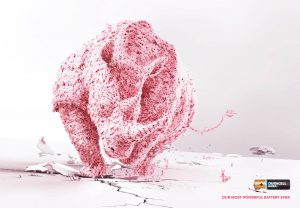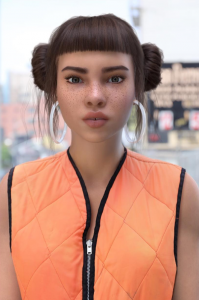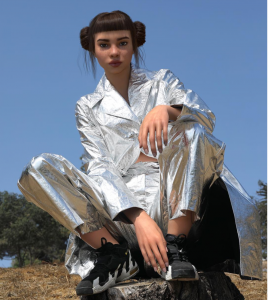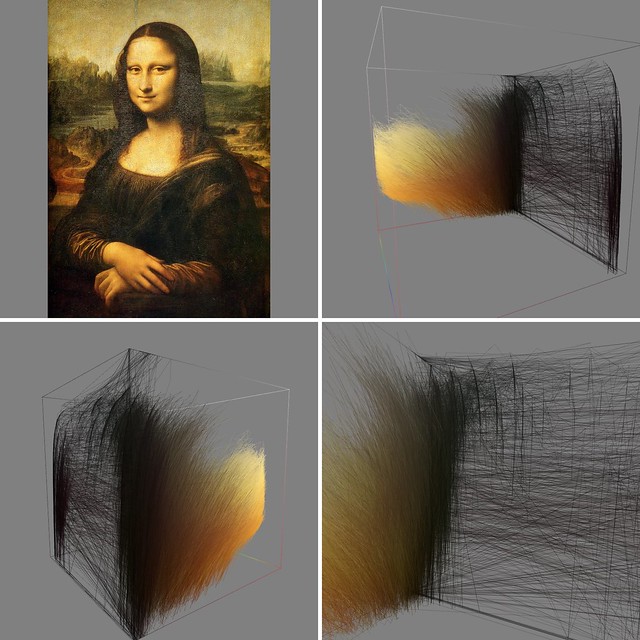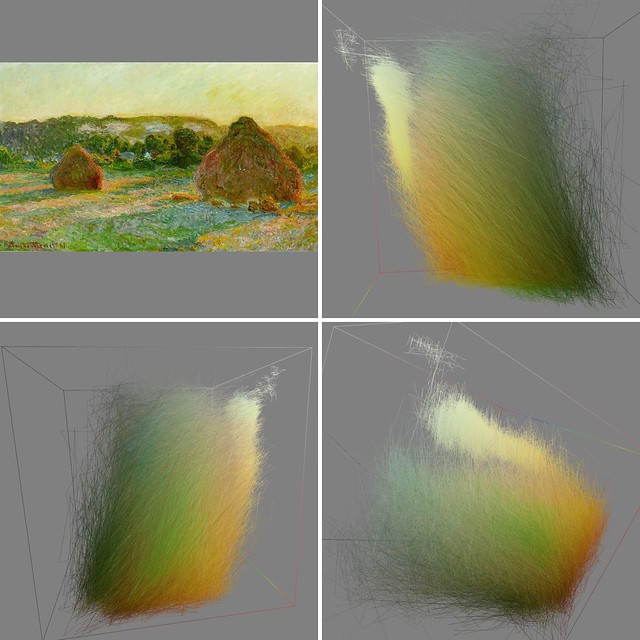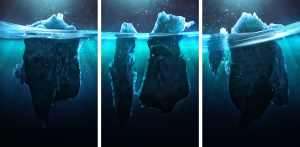
Chaotic Atmospheres, a Switzerland based 3D artist created beautiful renditions of icebergs in his series titled, Caustic Icebergs (2013). I admire this series because the icebergs are very aesthetically pleasing and the artist does a great job of displaying an environment with grace and drama. While all the icebergs appear to be similar, the subtle differences between them allow the viewer to see new compositions that can stand alone. Chaotic Atmospheres used Acropora, which is a voxel modeler by Voxelogic, to create the icebergs. The icebergs all started off from a base, but the artist changed the parameters to make each iceberg unique. The artist also utilized the rendering software, Vue for the glowing water and sky. Chaotic Atmospheres incorporates his artistic sensibilities in the series through his attention to detail and ability to capture a scene in nature in a very realistic and captivating way. The artist’s use of color and various textures can undoubtedly catch someone’s attention.
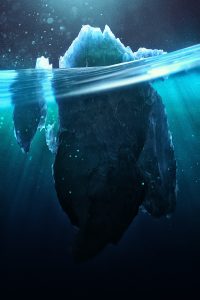
![[OLD FALL 2018] 15-104 • Introduction to Computing for Creative Practice](https://courses.ideate.cmu.edu/15-104/f2018/wp-content/uploads/2020/08/stop-banner.png)




